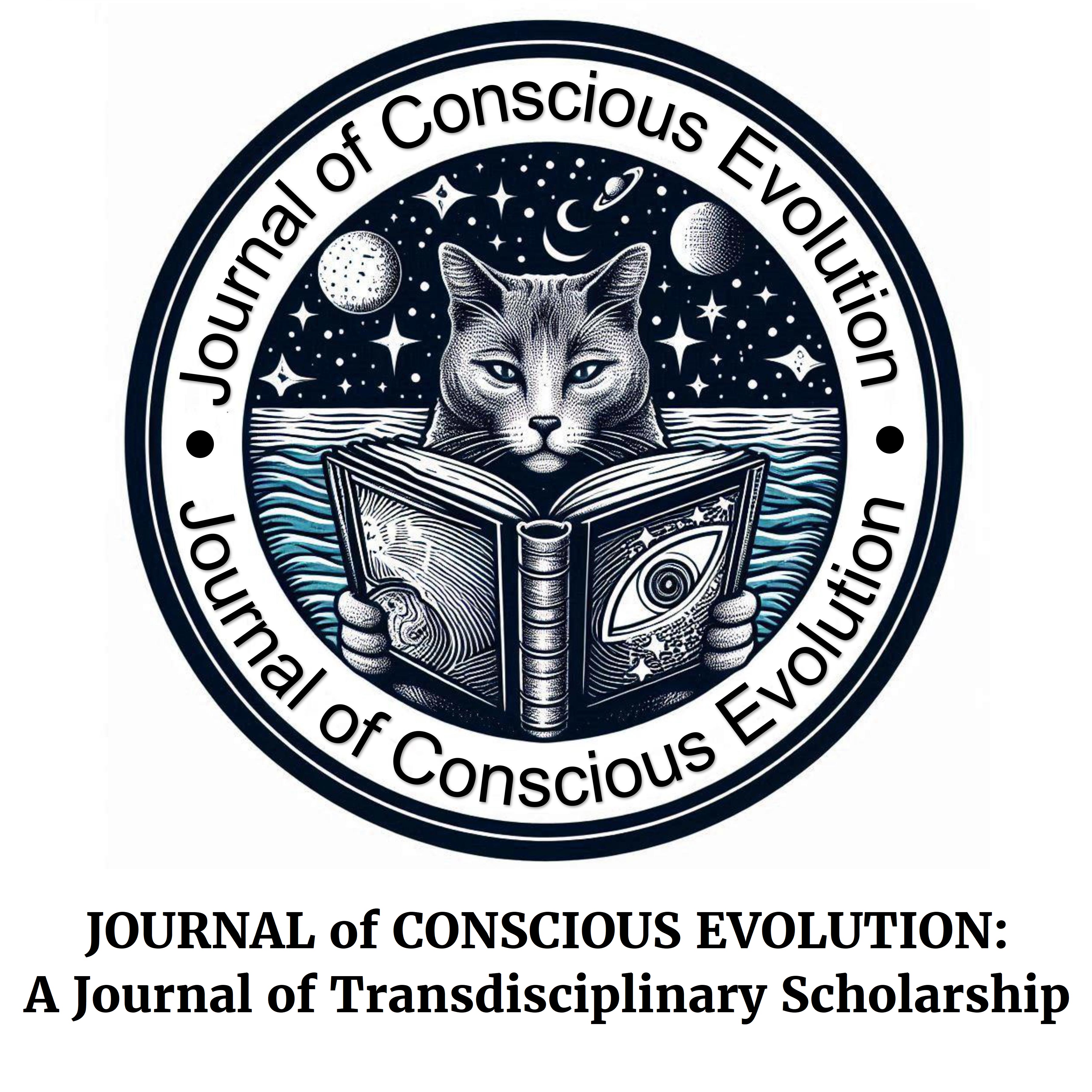
Abstract
In the past few decades, many street artists have gained international recognition and now straddle the worlds of actual street art – art in the streets, art in the public domain – and fine art – art that is perceived to be of a particular quality, shown in galleries or museums. Despite perhaps “transcending” the streets, most successful street artists choose to continue creating artwork in public spaces, both legally with permission, or illegally without. Street art is different from public art, which is categorically created through a public process; while some street art, if not created aesthetically or thoughtfully, may be perceived as simply vandalism.
Using Ken Wilber’s Four Quadrants of Integral Theory as a loose framework, this paper explores the inner consciousness of street artists since the first American graffiti writers in the 1960s to the international street art movement that continues to expand and evolve today. Common themes among street artists emerge as creating their self-identity, pushing each other’s limits in creative community, representing everyday people and unique places, connection and belonging, and opening people’s eyes to new ideas and important issues.
Over the past fifty years, street artists continue to strive to contribute something aesthetic and meaningful to themselves and society, with payment and recognition as only peripheral (or even non-existent) priorities.
Recommended Citation
Melanie Cheng
(2022)
"Aesthetic Altruism: Consciousness of Street Artists,"
Journal of Conscious Evolution: Vol. 19, Article 1.
Available at:
https://digitalcommons.ciis.edu/cejournal/vol19/iss19/1
Included in
Clinical Psychology Commons, Cognition and Perception Commons, Cognitive Psychology Commons, Critical and Cultural Studies Commons, Family, Life Course, and Society Commons, Gender, Race, Sexuality, and Ethnicity in Communication Commons, Liberal Studies Commons, Social and Cultural Anthropology Commons, Social and Philosophical Foundations of Education Commons, Social Psychology Commons, Sociology of Culture Commons, Sociology of Religion Commons, Transpersonal Psychology Commons


